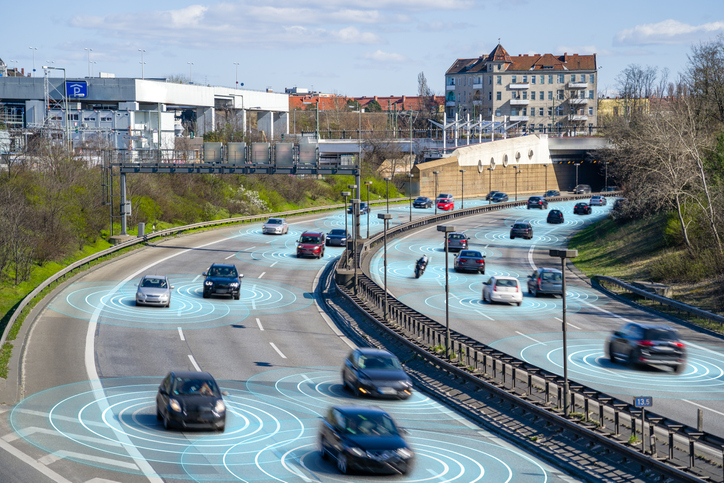
Existing auto insurance system well-positioned to handle autonomous vehicle claims: Travelers Canada exec
July 14, 2021 by Jason Contant

Print this page Share
Canada’s existing auto insurance structure is well-positioned to resolve claims and provide fair and timely compensation to accident victims when autonomous vehicles (AVs) are involved in a crash, a Travelers Canada executive said Monday.
“The current auto insurance framework is the preferred structure, versus consumers having to recover from their vehicle manufacturer, which could be a lengthy and complex process,” said Mike Ravenscroft, director of personal insurance auto strategy with Travelers Canada. “The main advantage of the [current] auto insurance solution is the speed of resolution. Insurers will deal directly with vehicle manufacturers behind the scenes separately for any subrogation and data-sharing.”
Ravenscroft discussed topics such as liability, data-sharing with vehicle manufacturers, and the need for collaboration among all stakeholders in an interview with Canadian Underwriter Monday.
In situations involving AVs, the auto insurance policy would respond first. That means consumers would have their handling of injuries and vehicle repairs done by their own insurer, “which is what exists today,” Ravenscroft said. “It’s seamless, it’s the fastest way to do it. You’re dealing with an industry and experts within it that know how to navigate the system.”
In cases with product liability, subrogation or data-sharing, insurers would “deal with that in the back end, behind the scenes, in order to give the consumer the coverage quickly,” Ravenscroft said.
But in cases with semi-autonomous, fully autonomous, and “regular” vehicles on the road, how is liability determined if there is an accident? How is it determined whether the driver or vehicle was responsible?

iStock.com/Just_Super
“It’s going to vary depending on the individual situation,” Ravenscroft said. “It’s not as simple as, ‘That’s a driverless vehicle and this is what caused it.’ Each situation is going to be unique, but liability will still exist.”
An analysis of the situation will be needed. “That’s why we think that the existing auto product and the existing auto mechanisms that already have ways of determining fault; that already have reviews of liability; and that are already tested in the claims adjusting system and the legal system can view it,” Ravenscroft said. “And you need data-sharing [with vehicle manufacturers] as well, to be able to tell what happened in the individual situation.”
Collaboration between all stakeholders — including regulators such as Transport Canada and the Canadian Council of Insurance Regulators (CCIR), as well as the insurance industry, vehicle manufacturers, municipalities, and consumers — is crucial.
“From a stakeholder point of view, the insurance industry is going to be extremely important,” Ravenscroft said. “You [should] get all the stakeholders involved early on in the process. Because there’s a long development time period and a long evolution. Everyone has to be involved early in the process to make it all work effectively and collaboratively.”
On the regulatory side, CCIR released an issues paper on connected and automated vehicles at the beginning of this year. It included a review of existing regulation and regulatory requirements; it also examined liability, claims resolution, and cybersecurity, among other topics. Transport Canada has also examined AVs and provided guidance from the perspectives of safety, testing, and cybersecurity.
Auto insurance policies may require some wording changes, but before that happens, there needs to be regulatory changes, Ravenscroft said. “There is some evolution to the [auto insurance] product, but it’s only part of a bigger piece.”
Stakeholders are getting ready for the evolution of AVs. “We just have to all stay involved, and provide input and make it work successfully. And I’m confident we will.”
Feature image by iStock.com/IGphotography
Print this page Share
Is there still a long way to go? Current Tesla vehicles, as an example, are unable to read stop and yield signs and traffic lights. That makes it easier to apply blame to the offending driver and from that aspect alone, perhaps the technology should stay where it is. You have to drive a semi-autonomous vehicle to understand what they can and can’t do. Basically, a Tesla-type vehicle is one with cruise control, automatic direction and traffic speed control, if in the latter case you really want the vehicle to do that for you. It’s expecting a lot to try to assist an automobile in growing a brain. But within all the hype over these vehicles, is that the preferred alternative when it come to accident causation?